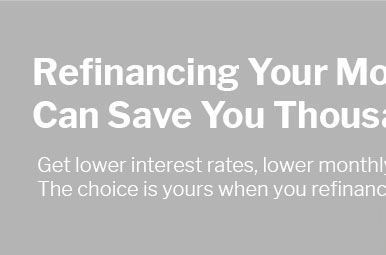zero cost refinance explained for homeowners
What “zero cost” really means
A zero cost refinance replaces your mortgage without you writing a check at closing. Lenders typically cover third‑party fees by offering a slightly higher rate or using a lender credit. You still pay, just not upfront.
Who might benefit
If you plan to keep the loan briefly or want to conserve cash, this option can be practical. It’s less ideal when you’ll hold the mortgage for many years, because the higher rate may outweigh the savings.
Common questions
- Are costs waived? No, they’re financed via credits or pricing.
- How to compare offers? Ask for a loan estimate showing the credit and the par rate.
- Can I roll escrows? Often yes, but prepaid taxes and insurance aren’t “costs.”
- What about break‑even? Calculate monthly savings versus added interest.
Quick evaluation steps
- Get quotes for zero‑cost and par‑rate scenarios.
- Model holding period and total interest paid.
- Confirm no prepayment penalties or reset of PMI unexpectedly.
When the timeline is short and cash is tight, a zero‑cost deal can be the simplest path to lower payments without draining reserves.
















